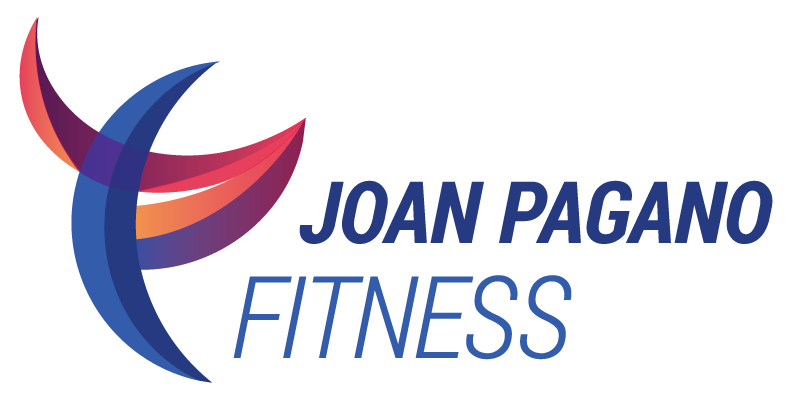Continuing the Conversation on Breast Health
Angelina Jolie made headlines with her brave announcement of having a preventive double mastectomy to preserve her health.  Studies show that exercise can also help prevent breast cancer, lower a chance of recurrence and serve as a form of treatment during recovery.
How much exercise do you need to protect against breast cancer?
Studies show that exercise can also help prevent breast cancer, lower a chance of recurrence and serve as a form of treatment during recovery.
How much exercise do you need to protect against breast cancer?
Nearly 30 studies have shown that women who exercise at moderate to vigorous levels for three or more hours per week reduce their risk of getting breast cancer by 30-40%. Other studies show that two and a half hours of exercise a week could lower a breast cancer patient's risk of recurrence by 40 percent.
Walking is one of the most accessible and effective means of exercise, available to all of us. If you can't manage 30 minutes of continuous walking five days of the week (for the recommended two and a half hours total), then break it up into brief 10 or 15 minute sessions to accumulate the 30 minutes. Small doses of exercise done consistently over time have a dramatic pay off in health benefits.
What types of exercise can you do during/after breast cancer treatment?
Stretching on a daily basis keeps freedom of movement in the arm and shoulder joints, and combats the natural tendency of scar tissue to contract. It will also help improve your posture by restoring the alignment of the torso and counteracting the natural tendency to slump as a protective action. Use deep breathing to advance into a stretch: when you feel any pain or restriction, hold the position, take three deep breaths and try to relax deeper into the stretch. If pain continues, stop.
Strength training prevents muscle atrophy and decline that comes from disuse. It can help relieve back pain and neck stiffness. To begin your program, use light free weights to strengthen the muscles around the surgical site: the back, shoulders and arms. Be sure to do the exercises on both sides of your body. As you progress, incorporate exercises to work your lower body and core for full-body conditioning. Consult with a certified exercise professional regarding proper weight training techniques. Monitor your arm for discomfort and stop if you experience swelling or feelings of heaviness, pain or heat.
Of course this information should not take the place of guidance from your own physician or other medical professional. Always consult with your doctor before beginning an exercise program or becoming much more physically active.
